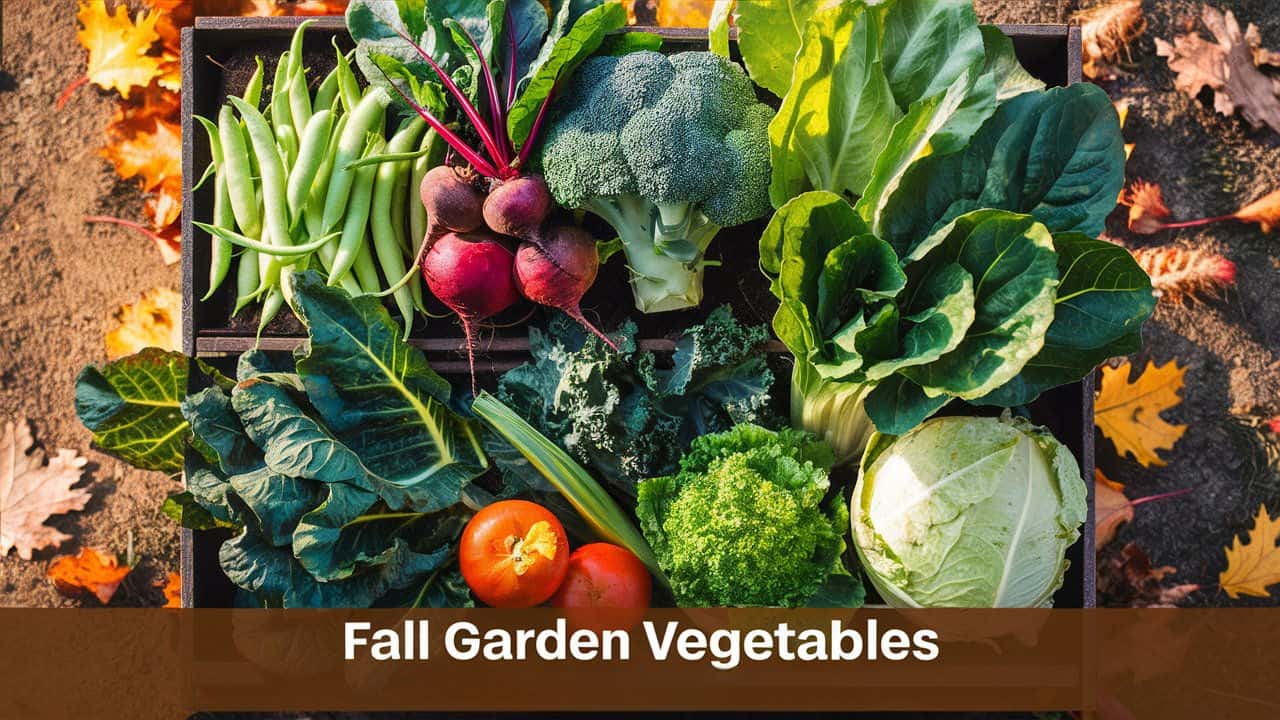As the mercury drops and the leaves change colors, Georgia’s fall season brings a refreshing respite from the sweltering summer heat. It’s the perfect time to tend to your garden, and with a little planning, you can enjoy a bountiful harvest of delicious fall vegetables. In this post, you’ll learn about growing the most popular and nutritious fall garden vegetables in Georgia.
Lettuce: The Perfect Fall Crop
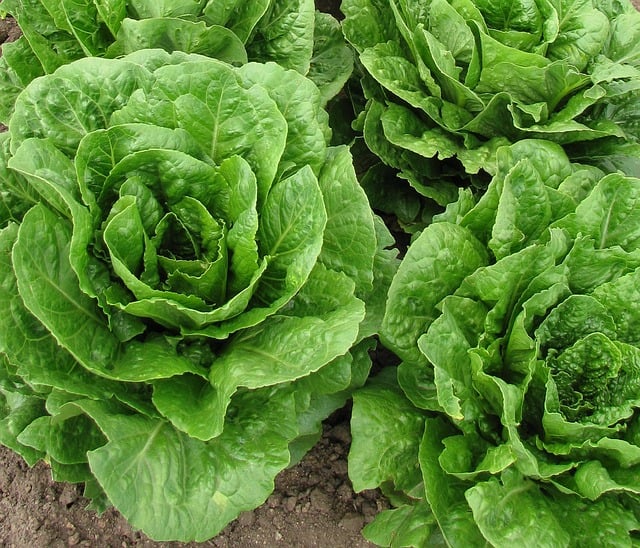
Lettuce is a cool-season crop that thrives in Georgia’s fall climate. With its shallow roots and rapid growth, lettuce can be grown in as little as 20 days, making it an ideal choice for succession planting. Here are some tips to get the most out of your lettuce crop:
- Varieties: Opt for loose-leaf lettuce varieties like ‘Red Leaf’, ‘Green Leaf’, or ‘Rouge d’Hiver’ for a continuous harvest. For a more structured head, try ‘Buttercrunch’ or ‘Summertime’.
- Soil: Lettuce prefers well-draining, fertile soil with a pH between 6.0 and 6.5. Add organic matter like compost or manure to improve soil health.
- Sowing: Sow lettuce seeds in late August or early September, about 2-4 inches apart. Thin seedlings to 6-8 inches apart as they grow.
- Care: Keep the soil consistently moist, but not waterlogged. Lettuce is prone to bolting (going to seed) in warm weather, so provide shade cloth or row covers to regulate temperature.
Kale: The Superfood of Fall Gardens
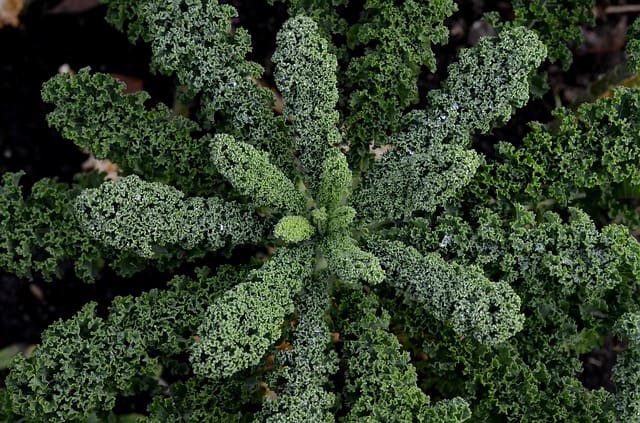
Kale is a hardy, cool-season crop that’s rich in vitamins, minerals, and antioxidants. In Georgia’s fall climate, kale can be grown as a winter crop, providing a nutritious harvest throughout the cold months. Here’s how to grow kale in your fall garden:
- Varieties: Choose from curly-leafed varieties like ‘Dwarf Blue Curled’ or ‘Lacinato’ (also known as ‘Dinosaur Kale’) for a more robust flavor.
- Soil: Kale prefers well-draining, fertile soil with a pH between 6.0 and 7.0. Add organic matter to improve soil structure and fertility.
- Sowing: Sow kale seeds in late August or early September, about 12-18 inches apart. Thin seedlings to 18-24 inches apart as they grow.
- Care: Kale is relatively low maintenance, but it does require consistent moisture. Mulch around the plants to retain moisture and suppress weeds.
Peas: A Sweet and Tender Fall Treat
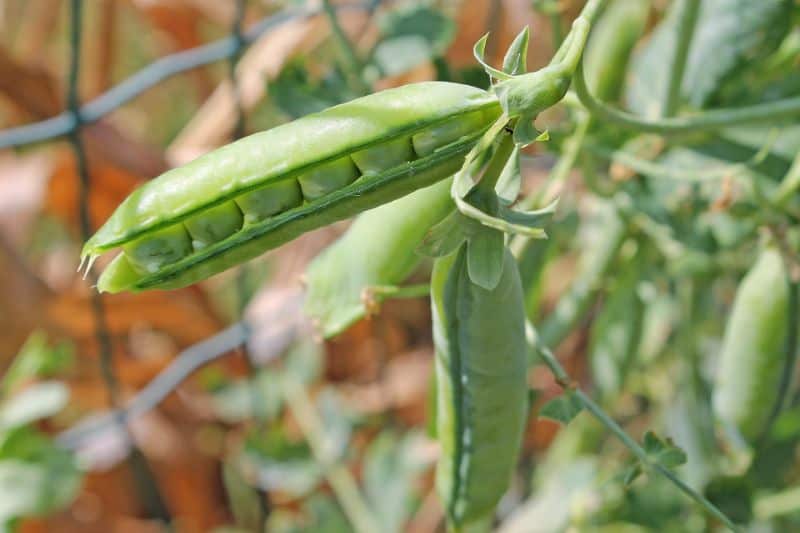
Peas are a classic fall crop in Georgia, providing a sweet and tender harvest in just 50-60 days. Here are some tips to get the most out of your pea crop:
- Varieties: Opt for sugar snap peas like ‘Sugar Ann’ or ‘Mammoth Melting Sugar’ for a sweet and crunchy snack. For shelling peas, try ‘Garden Pea’ or ‘English Pea’.
- Soil: Peas prefer well-draining, fertile soil with a pH between 6.0 and 7.0. Add organic matter to improve soil structure and fertility.
- Sowing: Sow pea seeds in late August or early September, about 2-3 inches apart. Thin seedlings to 3-4 inches apart as they grow.
- Care: Provide a trellis or other support for the peas to climb. Keep the soil consistently moist, but not waterlogged. Peas are susceptible to powdery mildew, so ensure good air circulation and remove any infected plants.
Pumpkins
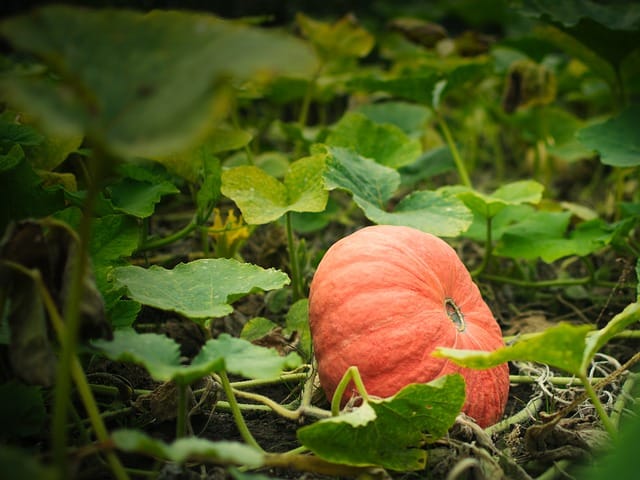
Ah, pumpkins! The ultimate symbol of fall. While often associated with decorative purposes, pumpkins are also a delicious and nutritious addition to any fall garden. In Georgia, pumpkins can be planted in late summer to early fall, around August or September, when the soil has warmed up to at least 60°F (15°C). Choose a variety that is specifically bred for the South, such as ‘Sugar Pie’ or ‘Cinderella’, which mature in around 100 days.
Tips for growing pumpkins in Georgia:
- Provide full sun and well-draining soil with a pH between 6.0 and 6.8.
- Space vines 3-5 feet apart, and provide a trellis or fence for support.
- Water deeply and consistently, but avoid overwatering, which can lead to fungal diseases.
- Watch for pests like aphids, squash bugs, and powdery mildew, and treat promptly if necessary.
Squash
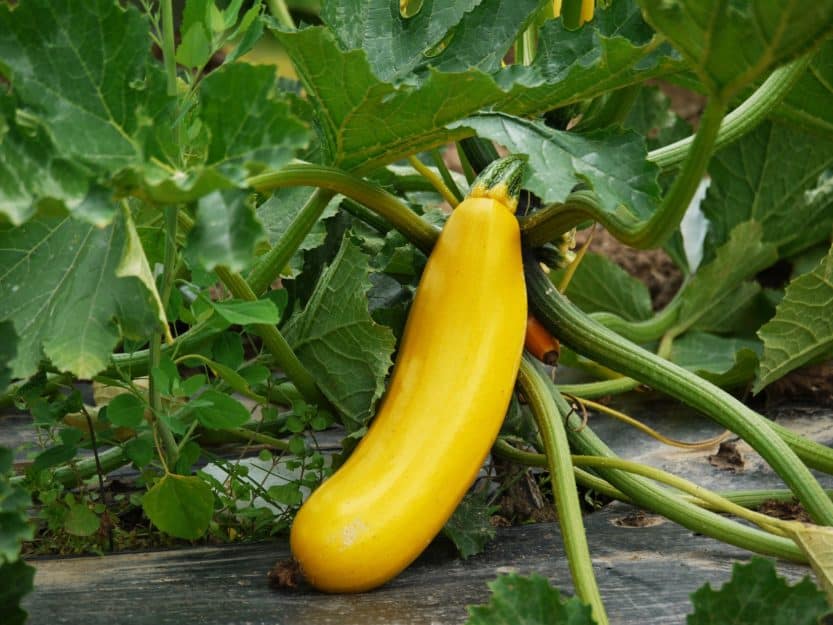
Squash is another popular fall garden vegetable that’s easy to grow in Georgia. Summer squash varieties like ‘Yellow Crookneck’ and ‘Acorn’ can be planted in late spring, while winter squash varieties like ‘Butternut’ and ‘Spaghetti’ do better when planted in late summer to early fall.
Tips for growing squash in Georgia:
- Plant in full sun, in well-draining soil with a pH between 6.0 and 6.8.
- Space plants 3-5 feet apart, depending on the variety.
- Water deeply and consistently, but avoid overwatering, which can lead to fungal diseases.
- Mulch around the plants to retain moisture and suppress weeds.
Carrots
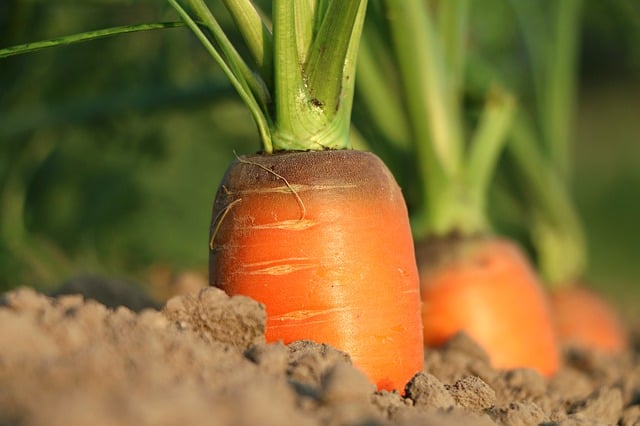
While often associated with spring gardens, carrots can also be grown in the fall in Georgia. In fact, fall-grown carrots are often sweeter and crisper than their spring counterparts. Plant ‘Little Finger’ or ‘Danver’s Half-Long’ carrots in late August or early September, about 8 weeks before the first frost.
Tips for growing carrots in Georgia:
- Choose a spot with full sun and loose, well-draining soil with a pH between 6.0 and 6.8.
- Sow seeds thinly and evenly, about ¼ inch deep and 1-2 inches apart.
- Thin seedlings to 1-2 inches apart as they grow.
- Water consistently, but avoid overwatering, which can cause the roots to rot.
Spinach: The Cool-Season Superstar
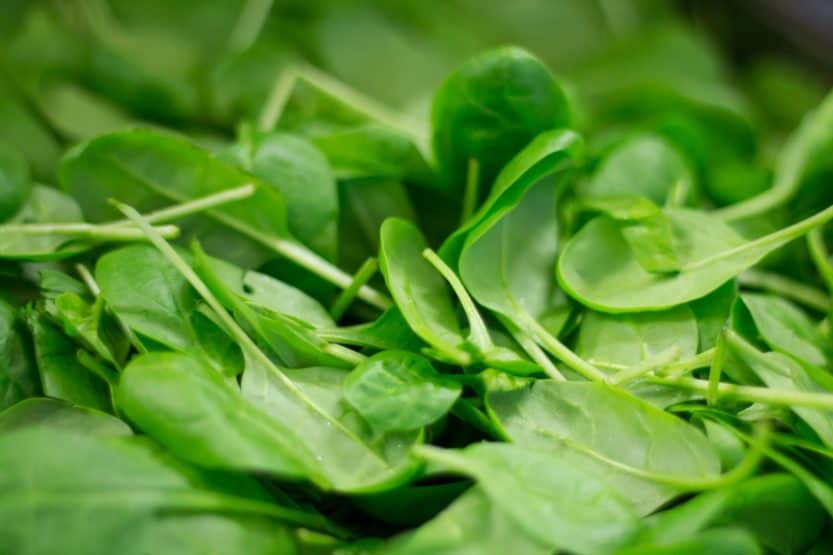
Spinach is one of the most cold-hardy vegetables you can plant in the fall, making it an ideal choice for Georgia gardeners. It’s a cool-season crop that grows best in temperatures between 60°F and 70°F, making it perfect for the mild autumn days in our state.
Benefits of Growing Spinach in the Fall:
- Spinach is a fast-growing crop, typically ready to harvest in as little as 20-30 days.
- It’s a cut-and-come-again crop, meaning you can harvest the leaves and the plant will continue to produce new growth.
- Spinach is packed with nutrients, including iron, calcium, and vitamins A and K.
- It’s easy to incorporate into a variety of recipes, from salads to smoothies to sautéed side dishes.
Tips for Growing Spinach in Georgia’s Fall Garden:
- Plant spinach seeds in late summer to early fall, about 8-10 weeks before the first frost.
- Choose a variety that’s specifically bred for fall production, such as ‘Space’ or ‘Tyee’.
- Spinach prefers well-drained soil and partial shade, especially in warmer areas of the state.
- Keep the soil consistently moist, but not waterlogged, to prevent disease.
Green Beans: The Versatile and Productive Fall Crop
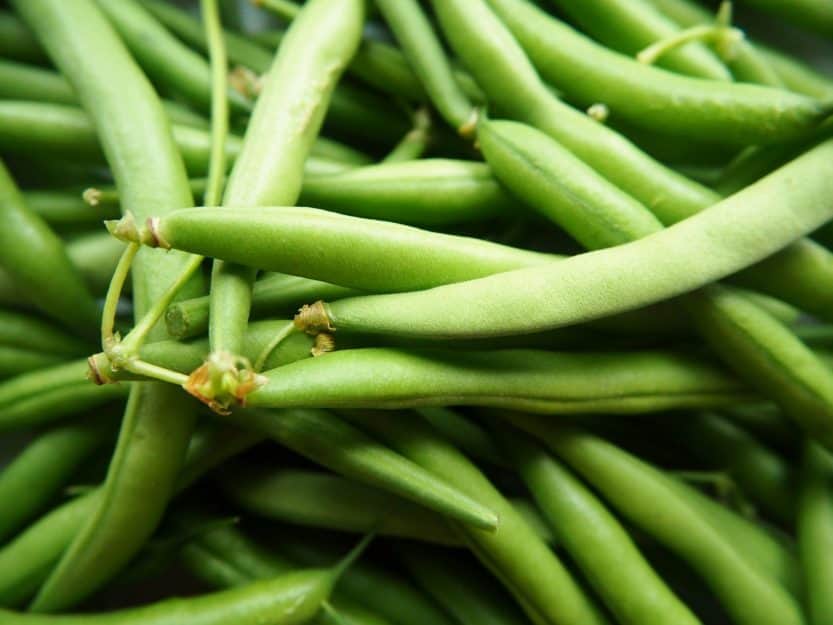
Green beans are another excellent choice for the fall garden in Georgia. While they’re typically thought of as a warm-season crop, there are several varieties that are specifically bred for fall production.
Benefits of Growing Green Beans in the Fall:
- Green beans are easy to grow and require minimal maintenance.
- They’re a great choice for small gardens or containers, as they don’t take up a lot of space.
- Green beans are versatile and can be eaten raw, steamed, roasted, or added to a variety of dishes.
- They’re a great source of fiber, vitamins, and minerals.
Tips for Growing Green Beans in Georgia’s Fall Garden:
- Plant green bean seeds in late summer to early fall, about 10-12 weeks before the first frost.
- Choose a variety that’s specifically bred for fall production, such as ‘Kentucky Wonder’ or ‘Romano’.
- Green beans prefer well-drained soil and full sun to partial shade.
- Provide a trellis or cage for the beans to climb, as they can get quite tall.
Radishes: The Speedy and Spicy Fall Crop
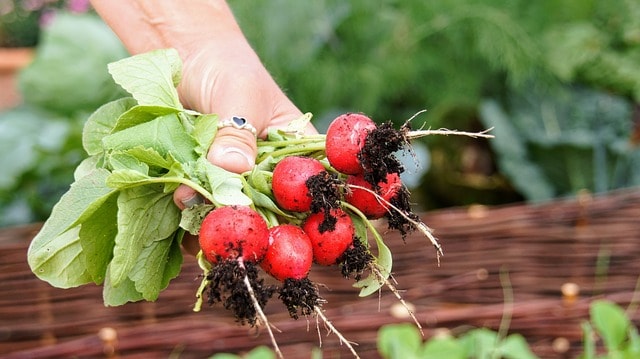
Radishes are a fast-growing, cool-season crop that can be harvested in as little as 20-25 days. They’re an excellent choice for the fall garden in Georgia, as they can be grown in a variety of conditions.
Benefits of Growing Radishes in the Fall:
- Radishes are quick-growing and can be harvested before the first frost.
- They’re easy to grow and require minimal maintenance.
- Radishes add a spicy kick to salads, sandwiches, and other dishes.
- They’re low in calories and high in fiber and vitamins.
Tips for Growing Radishes in Georgia’s Fall Garden:
- Plant radish seeds in late summer to early fall, about 8-10 weeks before the first frost.
- Choose a variety that’s specifically bred for fall production, such as ‘Cherry Belle’ or ‘White Icicle’.
- Radishes prefer well-drained soil and full sun to partial shade.
- Thin the seedlings to about 2-3 inches apart to allow for proper growth.
Cabbage: The Queen of Fall Vegetables
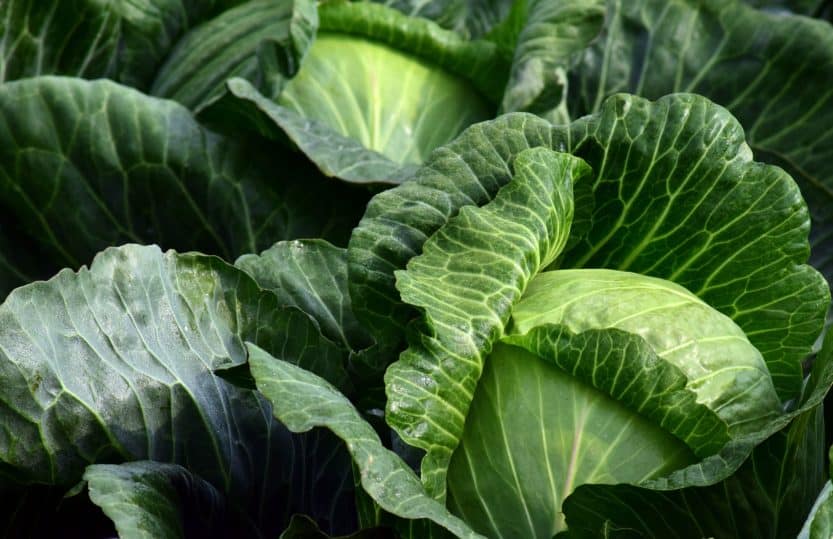
Cabbage is one of the most versatile and easy-to-grow vegetables in the fall garden. This cool-season crop prefers the mild temperatures of autumn, and can be planted in Georgia as early as September. With proper care, cabbage can be harvested in as little as 60 days, making it an excellent choice for a quick fall crop.
Varieties:
- ‘Early Jersey Wakefield’ is a popular variety that matures quickly and has a compact, dense head.
- ‘Red Acre’ is a beautiful, deep red variety that adds a pop of color to salads and slaws.
- ‘Savoy King’ has a sweet, mild flavor and crinkled leaves that are perfect for making sauerkraut.
Growing Tips:
- Plant cabbage transplants 12-18 inches apart in well-draining soil with a pH between 6.0 and 7.0.
- Water regularly, but avoid overwatering, which can lead to rot and other diseases.
- Provide support for the plants as they grow, using a trellis or stake to keep them upright.
Broccoli: A Nutritious and Delicious Addition to Your Fall Garden

Broccoli is another cool-season crop that excels in Georgia’s fall weather. This nutrient-dense vegetable is packed with vitamins, minerals, and antioxidants, making it a healthy addition to any meal. With a little planning, you can enjoy a bountiful harvest of broccoli in as little as 55 days.
Varieties:
- ‘Deep Purple’ is a stunning variety with deep purple florets and a sweet, nutty flavor.
- ‘Packman’ is a popular variety that produces large, tight buds and has good resistance to disease.
- ‘Waltham 29’ is a heirloom variety that produces smaller, more delicate florets and has a slightly sweet flavor.
Growing Tips:
- Plant broccoli transplants 18-24 inches apart in well-draining soil with a pH between 6.0 and 7.0.
- Provide support for the plants as they grow, using a trellis or stake to keep them upright.
- Water regularly, but avoid overwatering, which can lead to rot and other diseases.
Brussels Sprouts: The Perfect Addition to Your Fall Garden
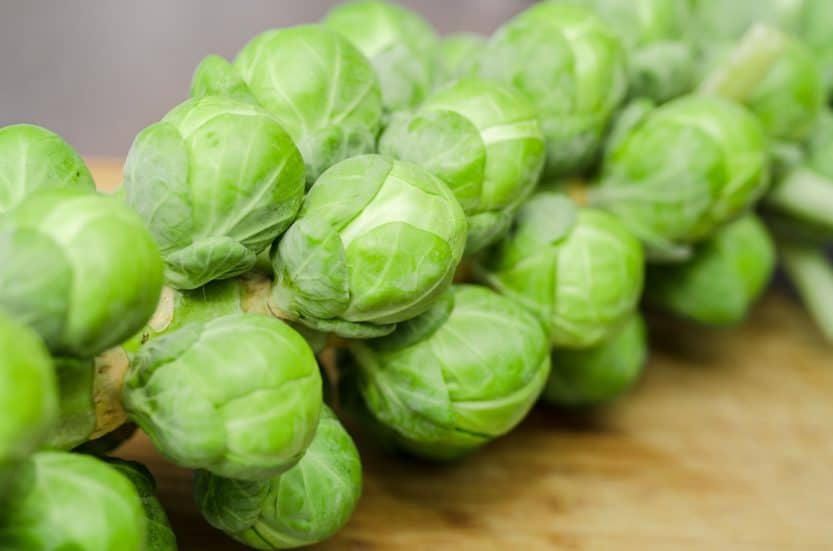
Brussels sprouts are a cool-season crop that thrive in Georgia’s fall weather. These tiny, nutrient-dense cabbage-like vegetables are a delicious addition to any meal, and can be harvested in as little as 80 days.
Varieties:
- ‘Long Island Improved’ is a popular variety that produces large, dense sprouts and has good resistance to disease.
- ‘Jade Cross’ is a hybrid variety that produces smaller, more delicate sprouts and has a sweet, mild flavor.
- ‘Redarling’ is a red-skinned variety that adds a pop of color to salads and slaws.
Growing Tips:
- Plant Brussels sprouts transplants 18-24 inches apart in well-draining soil with a pH between 6.0 and 7.0.
- Provide support for the plants as they grow, using a trellis or stake to keep them upright.
- Water regularly, but avoid overwatering, which can lead to rot and other diseases.
Cauliflower: The Ultimate Fall Brassica
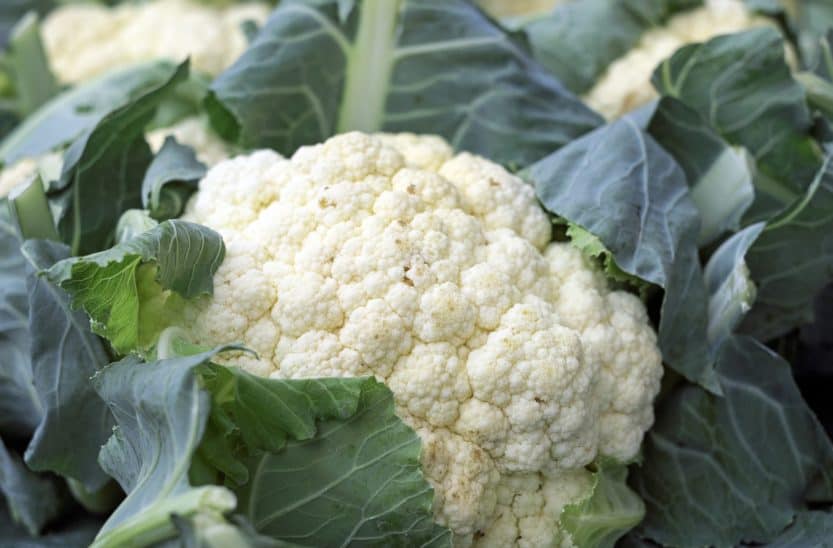
Cauliflower is a versatile and nutritious addition to any fall garden in Georgia. This cool-season crop thrives in the state’s mild autumn temperatures, making it an ideal choice for gardeners of all skill levels.
Growing Tips:
- Variety Selection: Choose varieties specifically bred for fall production, such as ‘Snow Crown’ or ‘Graffiti’, which are resistant to bolt and harbor a sweeter flavor.
- Soil Preparation: Cauliflower demands a well-draining, fertile soil with a pH between 6.0 and 7.0. Add organic matter like compost or manure to improve soil structure and fertility.
- Sowing: Plant seeds 2-3 inches apart, 1 inch deep, and 2-3 weeks after the last frost date in your area. Transplant seedlings 12-18 inches apart when they have 2-3 leaves.
- Care: Water regularly, keeping the soil consistently moist. Fertilize with a balanced fertilizer (10-10-10) once a month. Mulch around plants to retain moisture and suppress weeds.
- Harvesting: Cauliflower is ready to harvest when the florets are tightly packed and the head is firm. Cut the head at the base of the stem, taking care not to damage the leaves.
Collard Greens: A Southern Favorite
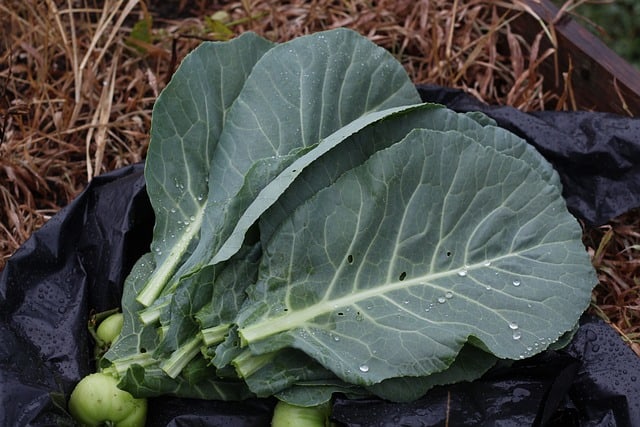
Collard Greens are a staple in Southern cuisine, and for good reason – they’re easy to grow, packed with nutrients, and add a delicious, slightly bitter flavor to a variety of dishes.
Growing Tips:
- Variety Selection: Opt for heat-tolerant varieties like ‘Georgia’ or ‘Vates’, which perform well in Georgia’s fall climate.
- Soil Preparation: Collard Greens prefer well-draining soil with a pH between 6.0 and 7.0. Add organic matter to improve soil fertility and structure.
- Sowing: Directly sow seeds 1-2 inches deep, 2-3 inches apart, and 2-3 weeks after the last frost date. Thin seedlings to 12-18 inches apart.
- Care: Water regularly, keeping the soil consistently moist. Fertilize with a balanced fertilizer (10-10-10) once a month. Watch for pests like aphids and whiteflies.
- Harvesting: Collard Greens are ready to harvest when the leaves are large enough to eat. Simply snip off the leaves, leaving a small portion of the stem intact to encourage new growth.
Swiss Chard: A Rainbow of Flavor
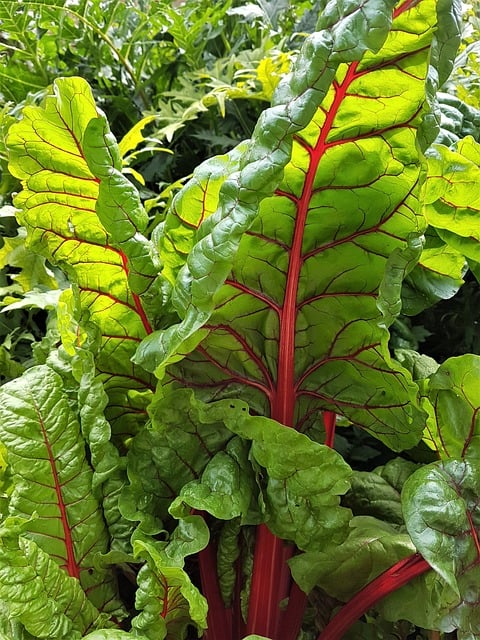
Swiss Chard adds a pop of color and a boatload of nutrients to any fall garden in Georgia. This leafy green is a hardy, cool-season crop that’s easy to grow and delicious to eat.
Growing Tips:
- Variety Selection: Choose varieties like ‘Rainbow’ or ‘Bright Lights’, which feature vibrant stems and leaves in a range of colors.
- Soil Preparation: Swiss Chard prefers well-draining soil with a pH between 6.0 and 7.0. Add organic matter to improve soil fertility and structure.
- Sowing: Directly sow seeds 1-2 inches deep, 2-3 inches apart, and 2-3 weeks after the last frost date. Thin seedlings to 12-18 inches apart.
- Care: Water regularly, keeping the soil consistently moist. Fertilize with a balanced fertilizer (10-10-10) once a month. Mulch around plants to retain moisture and suppress weeds.
- Harvesting: Swiss Chard is ready to harvest when the leaves are large enough to eat. Simply snip off the leaves, leaving a small portion of the stem intact to encourage new growth.
Tips for Planting and Maintaining a Thriving Fall Garden in Georgia
In Georgia, fall gardens require careful planning and attention to thrive. Here are some essential tips to ensure a bountiful harvest:
Soil Preparation: Test and Amend Soil pH
Before planting, test your soil pH and adjust it if necessary. Most fall vegetables prefer a slightly acidic to neutral soil pH (6.0-7.0).
Choose the Right Planting Dates
In Georgia, the optimal planting dates for fall vegetables vary depending on the specific crop and region. Generally, start planting in late August or early September, about 8-10 weeks before the first frost.
Water Wisely: Mulch and Conserve Moisture
Mulch around plants to retain moisture, suppress weeds, and regulate soil temperature. Water plants deeply but infrequently to encourage deep root growth and prevent overwatering.
Provide Support and Pruning
Many fall vegetables, like broccoli and cauliflower, require support as they grow. Install trellises or cages to keep plants upright and promote air circulation. Prune plants regularly to encourage bushy growth and prevent pest issues.
Keep an Eye Out for Pests and Diseases
Common pests in Georgia’s fall gardens include aphids, whiteflies, and cabbage loopers. Regularly inspect plants for signs of infestation and disease, and use organic or integrated pest management (IPM) methods to control issues promptly.


